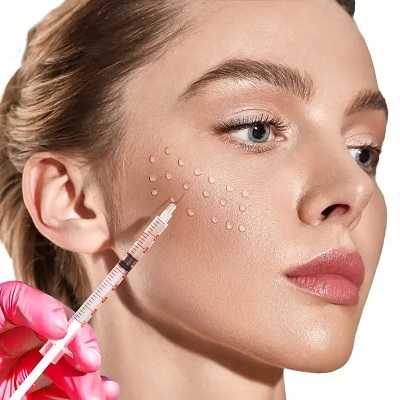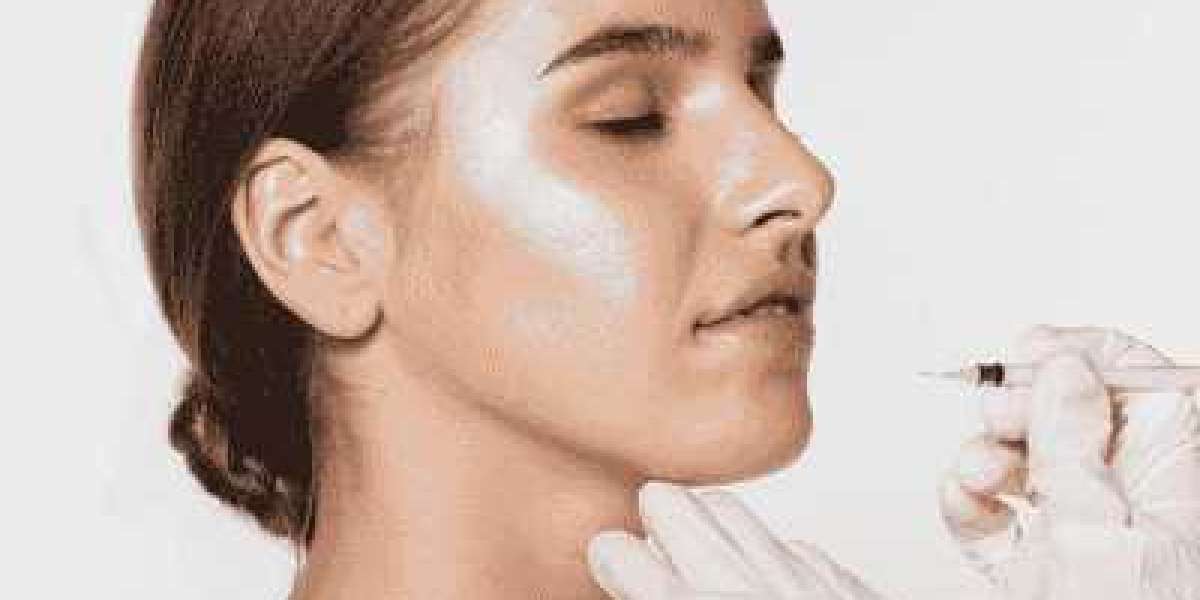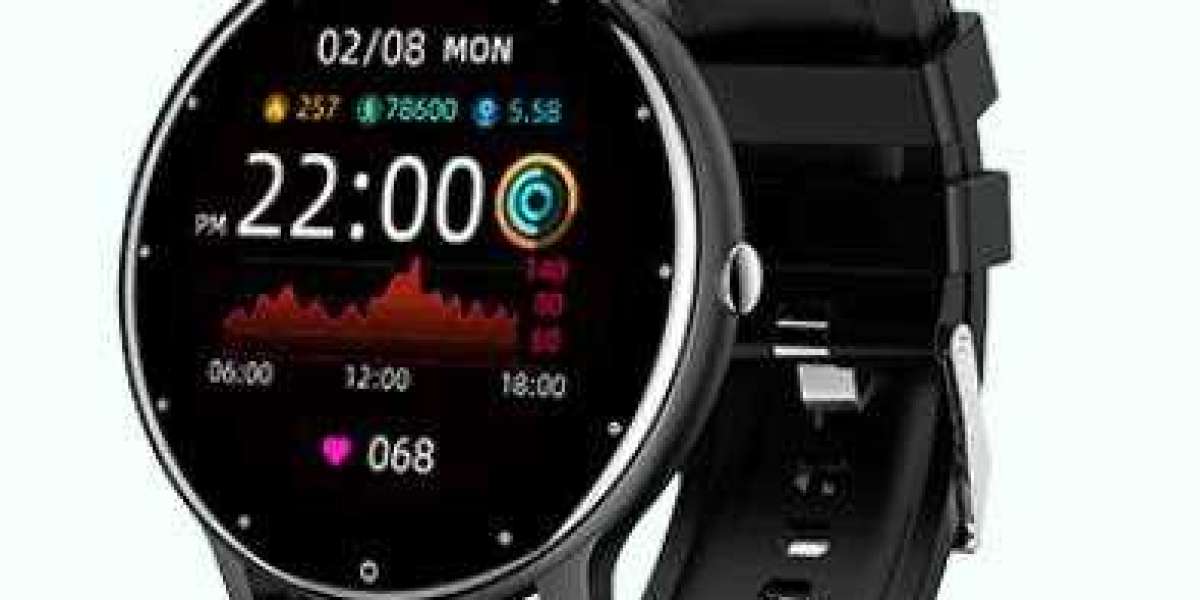In the evolving world of cosmetic treatments, two terms frequently surface in conversations about radiant, youthful skin: skin booster injections and dermal fillers. While both are minimally invasive options to enhance one’s appearance, their applications and outcomes are distinct. Whether you’re exploring options to combat aging, improve skin texture, or simply achieve a healthy glow, understanding these differences is crucial. Let’s delve deeper into Skin Booster injections versus dermal fillers and uncover which treatment aligns with your goals.
What Are Skin Booster Injections?
Skin booster injections are a game-changer in the realm of skin hydration and rejuvenation. Unlike treatments that target specific areas, skin boosters focus on overall skin quality. These injections typically contain hyaluronic acid, a naturally occurring substance in the skin known for its ability to retain moisture. By injecting this hydrating elixir into the dermis layer of the skin, it stimulates hydration from within, leading to improved elasticity, firmness, and a noticeable glow.
Skin boosters don’t add volume or alter the shape of your facial features. Instead, they’re designed to enhance the skin’s texture and appearance. Common areas treated include the face, neck, décolletage, and even the hands. This makes skin booster injections ideal for individuals looking to tackle fine lines, dullness, or dry skin without the volumizing effects associated with dermal fillers.
How Do Skin Boosters Work?
The magic of skin booster injections lies in their ability to deeply hydrate the skin. The hyaluronic acid is administered through microinjections into targeted areas, where it integrates seamlessly with the skin’s structure. Over time, this replenishment of moisture revitalizes the skin, leaving it plump, smooth, and radiant.
The treatment also encourages collagen production, further enhancing the skin’s resilience and youthfulness. Typically, a series of sessions spaced a few weeks apart yields optimal results. Many individuals notice improvements in skin texture and hydration after the first treatment, with cumulative benefits becoming evident over time.
What Are Dermal Fillers?
Dermal fillers, on the other hand, are primarily used for contouring and adding volume. These gel-like substances are injected beneath the skin to restore lost volume, smooth wrinkles, and enhance facial contours. Popular filler options also rely on hyaluronic acid, though other formulations, such as calcium hydroxylapatite or poly-L-lactic acid, are sometimes used.
Dermal fillers are highly versatile, addressing concerns like nasolabial folds, marionette lines, and hollow cheeks. They’re also used for lip augmentation and to refine the jawline or nose shape. Unlike skin boosters, fillers provide immediate structural support, making them a go-to choice for individuals seeking dramatic, sculpted results.
How Do Dermal Fillers Work?
When injected into the skin, dermal fillers restore lost volume and encourage a more youthful appearance. Hyaluronic acid-based fillers, for instance, attract and retain water molecules, contributing to a natural plumpness. Other types of fillers stimulate the body’s collagen production over time, offering longer-lasting benefits.
The application of dermal fillers is highly precise, requiring skilled professionals to achieve symmetrical and natural-looking results. While effects are visible immediately, the longevity of dermal fillers varies depending on the product used and the area treated, typically lasting from six months to two years.
Key Differences Between Skin Booster Injections and Dermal Fillers
Understanding the fundamental differences between skin booster injections and dermal fillers can help you make an informed decision. Here are the key distinctions:
Purpose: Skin boosters focus on improving skin quality and hydration, while dermal fillers address volume loss and contouring.
Treatment Areas: Skin boosters are suitable for broad areas like the face, neck, and hands. Fillers target specific zones such as the lips, cheeks, and under-eye hollows.
Results: Skin boosters provide subtle, natural radiance, whereas fillers offer more defined and structural enhancements.
Longevity: Skin booster effects gradually improve with treatments, lasting several months. Dermal fillers often deliver longer-lasting results, depending on the formulation.
Who Should Consider Skin Booster Injections?
Skin booster injections are perfect for individuals prioritizing skin hydration and texture over volumization. They’re an excellent choice for those noticing:
Fine lines and crepey skin
Loss of elasticity
Dull, tired-looking skin
Uneven skin tone
The treatment is suitable for all skin types and is particularly beneficial for people looking to rejuvenate sun-damaged or aging skin. Additionally, younger individuals seeking preventative care often opt for skin boosters to maintain a healthy complexion.
Who Should Opt for Dermal Fillers?
Dermal fillers are ideal for individuals seeking more dramatic facial enhancements. They’re especially effective for:
Addressing deep-set wrinkles and folds
Restoring volume to hollowed cheeks or temples
Enhancing lip shape and fullness
Defining the jawline or chin
If your primary goal is to reshape facial contours or combat significant volume loss due to aging, dermal fillers are likely the better choice.
What to Expect During the Treatments
Both skin booster injections and dermal fillers are minimally invasive and performed in a clinical setting. Here’s a brief overview of what each treatment entails:
Skin Boosters: The procedure involves multiple tiny injections across the treatment area. A topical anesthetic may be applied to minimize discomfort. The session typically takes 30-60 minutes, with no significant downtime required.
Dermal Fillers: Depending on the area treated, the injection process may take 20-60 minutes. The practitioner may use a numbing agent for enhanced comfort. Some mild swelling or bruising can occur but usually subsides within a few days.
Safety and Side Effects
Both treatments boast excellent safety profiles when performed by qualified professionals. Common side effects include minor swelling, redness, or bruising at the injection sites, which resolve quickly. It’s crucial to follow aftercare instructions and consult a practitioner with expertise in administering these treatments.
Combining Skin Boosters and Dermal Fillers
For some individuals, the best results come from a combination of skin booster injections and dermal fillers. While skin boosters improve overall skin health, fillers address structural concerns. Together, they create a balanced, rejuvenated appearance that enhances both texture and contour.

Making the Right Choice
Choosing between skin booster injections and dermal fillers depends on your unique aesthetic goals and skin condition. Consulting with a qualified practitioner ensures you’ll receive personalized recommendations tailored to your needs.
Conclusion
In conclusion, both skin booster injections and dermal fillers offer transformative benefits. While skin boosters hydrate and revitalize the skin, fillers sculpt and restore youthful contours. Whether you’re leaning toward one treatment or considering a combination, understanding the nuances of each helps you embark on your journey to radiant, confident skin.














